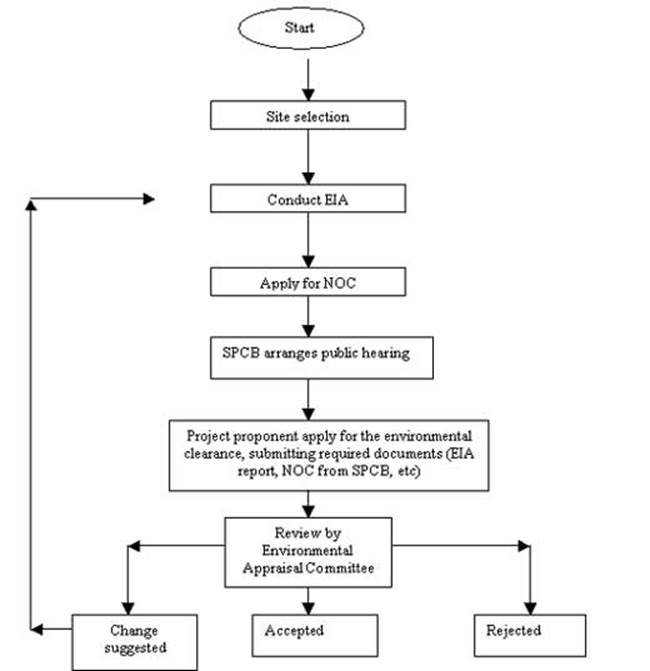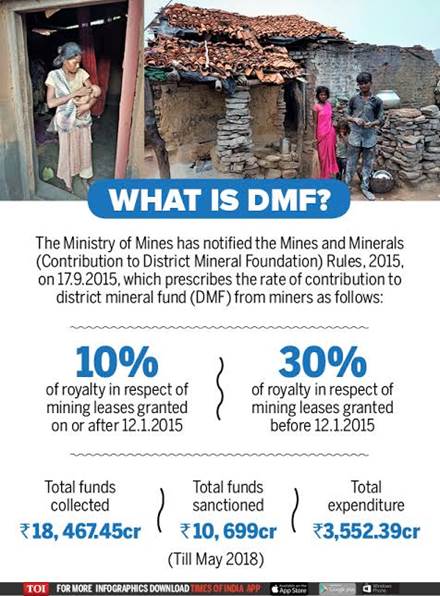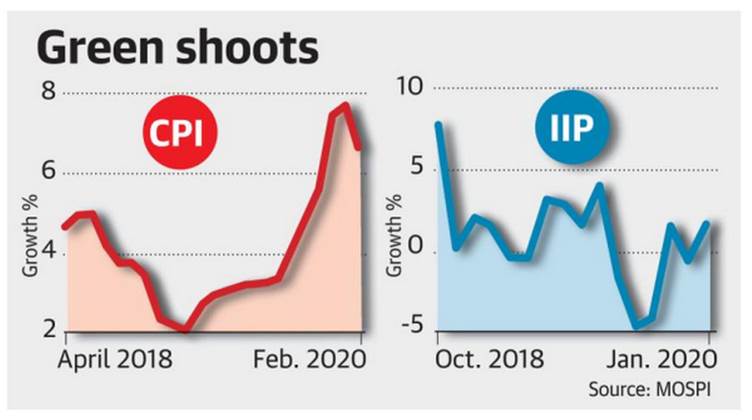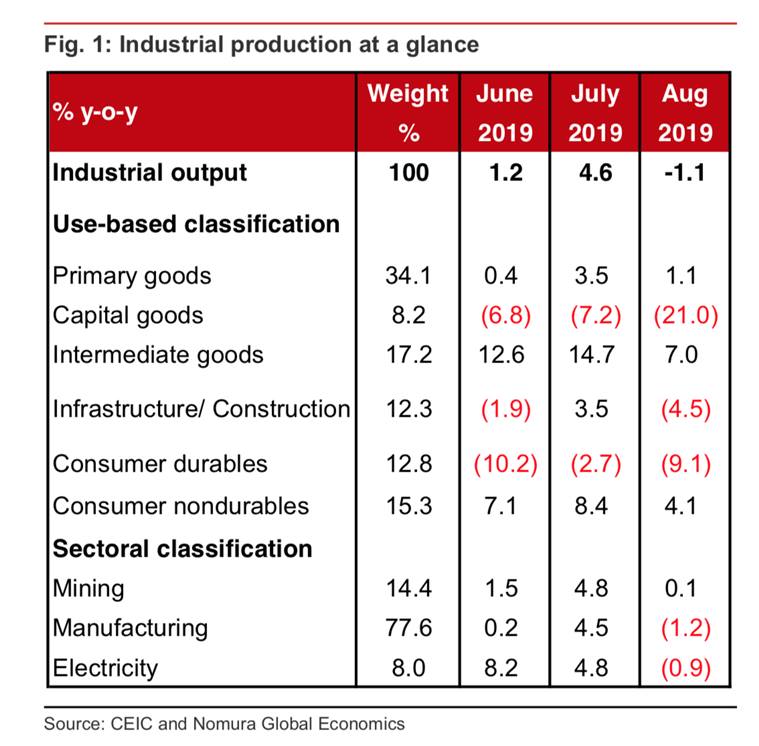



Bird flu has been confirmed at three places in Kozhikode and Malappuram.
- The culling of poultry and other pet birds.
- Specialised laboratories to diagnose zoonotic diseases without delay.
- Avian influenza refers to the disease caused by infection with avian (bird) influenza (flu) Type A viruses.
- These viruses occur naturally among wild aquatic birds worldwide and can infect domestic poultry and other bird and animal species.
- Avian flu viruses do not normally infect humans. However, sporadic human infections with avian flu viruses have occurred.
- Human infections with bird flu viruses can happen when enough virus gets into a person’s eyes, nose or mouth, or is inhaled.
- This can happen when virus is in the air (in droplets or possibly dust) and a person breathes it in, or when a person touches something that has virus on it then touches their mouth, eyes or nose.
- Specifies a “minimum of 30 days” for people to respond.
- It also requires that the public-hearing process be wrapped up in 40 days, as opposed to the existing norm of 45 days.
- An organisation has to submit a detailed plan, as part of the EIA process that details the nature, need, potential impact and remedial measures.
- As part of the process, representatives of the company, State and district administration representatives must discuss the environment impact management plan, record objections from residents of the region and submit these to a committee of experts, constituted by the Union Environment Ministry.
- Those below a certain size are appraised by State-level authorities called the State Environment Impact Assessment Authority (SEIAA).
- Environment Impact Assessment (EIA) is a formal process used to predict the environmental consequences of any development project.
- Environment Impact Assessment in India is statutory backed by the Environment Protection Act in 1986, which contains various provisions on EIA methodology and process.
- EIA looks into various problems, conflicts and natural resource constraints, which may not only affect the viability of a project but also predict if a project might harm to the people, their land, livelihoods and environment.
- EIA systematically examines both beneficial and adverse consequences of the project and ensures that these effects are taken into account during project design.
- By considering the environmental effects of the project and their mitigation early in the project planning cycle, environmental assessment has many benefits, such as protection of environment, optimum utilisation of resources and saving of time and cost of the project.
- Properly conducted EIA also lessens conflicts by promoting community participation, informing decision makers, and helping lay the base for environmentally sound projects.
- Screening: First stage of EIA, which determines whether the proposed project, requires an EIA and if it does, then the level of assessment required.
- Scoping: This stage identifies the key issues and impacts that should be further investigated. This stage also defines the boundary and time limit of the study.
- Impact analysis: This stage of EIA identifies and predicts the likely environmental and social impact of the proposed project and evaluates the significance.
- Mitigation: This step in EIA recommends the actions to reduce and avoid the potential adverse environmental consequences of development activities.
- Reporting: This stage presents the result of EIA in a form of a report to the decision-making body and other interested parties.
- Review of EIA: It examines the adequacy and effectiveness of the EIA report and provides the information necessary for decision-making.
- Decision-making: It decides whether the project is rejected, approved or needs further change.
- Post monitoring: This stage comes into play once the project is commissioned. It checks to ensure that the impacts of the project do not exceed the legal standards and implementation of the mitigation measures are in the manner as described in the EIA report.

Figure 1Flow Chart for EIA
The government is finalising the ‘intermediaries guidelines’ to make the social media platforms, including Facebook and Twitter, more responsive and accountable.
- Make it mandatory for platforms such as WhatsApp, Facebook and Twitter to trace the “originator” of “unlawful” information
- Remove such content within 24 hours of notice.
- Information Technology (IT) Act, 2000, has provisions for removal of objectionable online content.
- Social media platforms are intermediaries as defined in the Act.
- It empowers the government to block any information generated, transmitted, received, stored or hosted in any computer resource in the interest of sovereignty and integrity of India, defence of India, security of the state, friendly relations with foreign states or public order or for preventing incitement to the commission of any cognisable offence relating to above.
- Website owners are now required to appoint grievance officers, translating into added overheads and increased manpower requirements for monitoring user-generated content.
- For the first time under Indian law, sensitive personal data and information have been explicitly and exhaustively defined, including details from passwords up to sexual orientation and bio-metric data.
- Under the IT Rules 2011, there are two separate definitions of personal information — sensitive personal information; and, personal information that is more general in nature.
- Electronic service providers must now maintain transaction records up to five years under the IT Rules 2011.
- Social media can cause unimaginable disruption to the democratic polity.
- Unregulated social media promotes misinformation, hate speech, defamation, threats to public order, terrorist incitement, bullying, and anti-national activities.
- Fake news on WhatsApp has led to lynchings and communal flare-ups in many parts of the country.
- A balance has to be struck between national interest, sovereignty, police investigation and individual privacy.
- Intermediaries are using country’s resources to establish their system and they refuse to facilitate decryption.
- Drugs, weapons and other contraband can be sold through the use of platforms run by the intermediaries.
- Social media increases the scale and speed of spread of misinformation.
- Indian Penal Code (IPC) has certain sections, which could curb fake news: Sections 153 (want only giving provocation with intent to cause riot) and 295 (injuring or defiling place of worship with intent to insult the religion of any class) can be invoked to guard against fake news.
- Section 66 in Information Technology Act, 2000: If any person, dishonestly or fraudulently, does any act referred to in section 43 (damage to computer, computer system), he shall be punishable with imprisonment for a term that may extend to three years or with fine that may extend to five lakh rupees or with both.
- Civil or Criminal Case for Defamation is another resort against fake news for individuals and groups hurt by the fake news. IPC Section 499 (defamation) and 500 (whoever defames another shall be punished with simple imprisonment for a term which may extend to two years, or with fine, or with both) provide for a defamation suit.
- To make social media platforms more liable for the content they host.
- To enforce traceability of content, ostensibly to enable accountability
- It is unclear why content regulation is the answer, if the content is not obviously illegal.
- Social media is simply a platform for expression; making the platform liable for content, even if it is obviously illegal, makes only as much sense as making a transporter, restaurateur, or a cell phone network provider liable for content of any discussion that used their infrastructure.
- There are also challenges to regulating content that is not obviously illegal. Who decides what is fake and what is not? Even if some content is fake, who decides whether it was satire or intentioned to create harm? Even if the intention is to create harm, who decides when it is permitted (freedom of expression) or prohibited?
- Where should an elected official draw a line between permitted and prohibited speech?
- If illegal content is banned on one platform, the content will simply move to different, perhaps lesser-known platforms.
- Collective experience over many industries (e.g., banking, healthcare, insurance, oil, etc.) has shown that government regulations stifle innovation and create monopolies.
- The high cost of complying with regulations inhibits competition since it discourages upstarts from entering a market.
- Will help ring-fence successful bidders of insolvent companies from risk of criminal proceedings for offences committed by previous promoters.
- Seeks to remove bottlenecks and streamline the corporate insolvency resolution process.
- Aims to provide protection to new owners of a loan defaulter company against prosecution for misdeeds of previous owners.
- It provides for a time-bound process to resolve insolvency.
- The Code also provides immunity to debtors from resolution claims of creditors during this period.
- The Code also consolidates provisions of the current legislative framework to form a common forum for debtors and creditors of all classes to resolve insolvency.
- Insolvency Professionals: A specialised cadre of licensed professionals is proposed to be created. These professionals will administer the resolution process, manage the assets of the debtor, and provide information for creditors to assist them in decision making.
- Insolvency Professional Agencies: The insolvency professionals will be registered with insolvency professional agencies
- Information Utilities: Creditors will report financial information of the debt owed to them by the debtor. Such information will include records of debt, liabilities and defaults.
- Adjudicating authorities: The proceedings of the resolution process will be adjudicated by the National Companies Law Tribunal (NCLT), for companies; and the Debt Recovery Tribunal (DRT), for individuals.
- The duties of the authorities will include approval to initiate the resolution process, appoint the insolvency professional, and approve the final decision of creditors.
- Insolvency and Bankruptcy Board: The Board will regulate insolvency professionals, insolvency professional agencies and information utilities set up under the Code. The Board will consist of representatives of Reserve Bank of India, and the Ministries of Finance, Corporate Affairs and Law.
- Currently, companies acquiring Schedule II and Schedule III coal mines through auctions can use the coal produced only for specified end-uses such as power generation and steel production. The Bill removes this restriction on the use of coal mined by such companies.
- The companies need not possess any prior coal mining experience in India in order to participate in the auction of coal and lignite blocks.
- The competitive bidding process for auction of coal and lignite blocks will not apply to mines considered for allotment to:
- A government company or its joint venture for own consumption, sale or any other specified purpose;
- A company that has been awarded a power project on the basis of a competitive bid for tariff.
- The various approvals, licenses, and clearances given to the previous lessee will be extended to the successful bidder for a period of two years.
- The bill provides that prior approval of the central government will not be required in granting these licenses for coal and lignite, in certain cases.
Major features
- All mineral concessions will be granted only through auction {Sections 10 B &11}.
- Direct auction for mining leases for bulk minerals; auction of prospecting licences-cum-mining leases for deep-seated minerals {Sections 10 B & 11}.
- Uniform lease period of 50 years; no renewals; auction at the end of lease period; will solve problems arising out of SC judgments on second and subsequent renewals {Section 8 A}.
- Transition period of minimum 15 years for captive mines and 5 years for other mines; no sudden stoppage as a result of the Amendment {Section 8 A (5) and (6)}.
- All pending applications at State level (over 60 thousand) will abate except in a few cases where action is in progress/vested right exists {Section 10A}.
- Central Government empowered to prescribe deadlines for various processes and to issue binding directions to States {Section 20 A}.
- Central Government to frame separate rules for atomic minerals {Section 11 (B)}.
- The prior approval of the Central Government will not be required for grant of mineral concession except for Atomic Minerals {Amendment to Section 5(1)}.
- Enabling powers for reservation for the public sector to continue {Section 17 A}.
- Higher penalties and jail terms for offences; special courts may be constituted, if necessary {Amendment to Section 21(1) & (2)}. .
- District Mineral Foundation to take care of people and areas affected by mining {Section 9 (B)}.
- National Mineral Exploration Trust to be set up for impetus to exploration {Section 9 (C)}.
- Easy transferability of concessions obtained through auctions so as to attract private investment and FDI.
- Powers to Central Government to intervene even where State Governments do not pass orders within prescribed time lines; this will eliminate delay.

Oil prices saw their biggest single-day crash in almost 30 years on March 9, throwing global equity markets into turmoil.
- Saudi Arabia and Russia came together to keep the oil prices up after the glut period in 2014 which came to be known as OPEC Plus alliance.
- Russia is not a member of the Organisation of Petroleum Exporting Countries, or OPEC.
- The OPEC-Plus cooperation collapsed last week after Russia rejected a Saudi request to effect more cuts in output given the fall in demand owing to the economic impact of the coronavirus outbreak.
- Saudi Arabia’s oil giant Aramco announced that it would increase output from 9.7 million barrels a day now to 12.3 million barrels in April.
- Aramco also offered a discount to its variety of crude, targeting Russian markets in Asia and Europe.
- The plan is to flood the markets with Saudi oil and depress the prices, which would hurt all oil exporters.
- It will exert pressure on Russia and make it come back to the negotiation table.
- If the Russians do not blink, the plan is to capture market share from Russia with discounts.
- Bleed the U.S. shale oil producers who could not sustain production at depressed prices.
- Roughly 90% of Saudi budget revenues are coming from the petroleum sector.
- The Kingdom wants prices to be over $60 a barrel to balance its budget.
- Prolonged depressed prices will leave a bigger hole in the Saudi budget, complicating further the Crown Price’s economic reform and diversification agenda.
- There’s a growing opinion in Moscow that the earlier output cut was hurting Russian energy companies.
- Russian companies also want to open the taps and gain more market share.
- There’s a convergence of interests between Saudi Arabia and Russia in hurting the U.S. shale oil companies.
- Oil now accounts for less than a third of Russia budget revenue.
- The country has also built a war chest of $435 billion in foreign exchange reserves.
- Russian President Vladimir Putin may be in for a long game—to weaken both U.S. shale oil industry and the OPEC’s clout in the market.

- Retail inflation based on the Consumer Price Index slowed to 6.58%.
- Industrial production growth as measured in the Index of Industrial Production (IIP) quickened to 2%.
- Inflation in the food basket was 10.81%.
- The mining sector output grew 4.4% against a rise of 3.8%,
- Manufacturing output rose 1.5% compared with 1.3% in the year-ago month,
- Electricity generation rose 3.1% versus 0.9% in January 2019.
- The Index of Industrial Production (IIP) maps the change in the volume of production in Indian industries.
- It chooses a basket of industrial products — ranging from the manufacturing sector to mining to energy, creates an index by giving different weight to each sector and then tracks the production every month.
- Finally, the index value is compared to the value it had in the same month last year to figure out the economy’s industrial health.

Inflation: Inflation is Sustained increase in the general price level. It leads to fall in the purchasing power of money.
Different Indices like WPI (Wholesale Price Index), CPI (Consumer Price Index) measures inflation in India.
WPI (Wholesale Price Index): WPI is measurement of inflation based on Wholesale prices.
- Ministry of Commerce and Industry releases it.
- Headline Inflation is other name for it.
- It does not include services.
CPI (Consumer Price Inflation): CPI is measurement of Inflation at retail prices.
- Central Statistics Office (CSO) releases it.
- It has basket of Services and Manufacturing goods.
Headline Inflation: It is total inflation in economy. It includes price rise in food, fuel and all other commodities.
Core Inflation: Core inflation does not consider the inflation in food and fuel.
- The country’s current account deficit narrowed sharply to $1.4 billion, or 0.2% of GDP, in the third quarter of the current financial year.
- Lower trade deficit at US$ 34.6 billion.
- Rise in net services receipts at US$ 21.9 billion.
- Net services receipts increased on the back of a rise in net earnings from computer, travel and financial services.
- Private transfer receipts, mainly representing remittances by Indians employed overseas, increased to$ 20.6 billion.
- Foreign portfolio investments recorded net inflows of $ 7.8 billion.
- The current account deficit is a measurement of a country’s trade where the value of the goods and services it imports exceeds the value of the products it exports.
- It encompasses the trade deficit plus capital like net income and transfer payments.
- It can be measured with the difference between foreign exchange inflows and outflows.
- Trade in goods (visible balance)
- Trade in services (invisible balance), e.g. insurance and services
- Investment incomes, e.g. dividends, interest and migrants remittances from abroad
- Net transfers – e.g. International aid.

© 2025 iasgyan. All right reserved